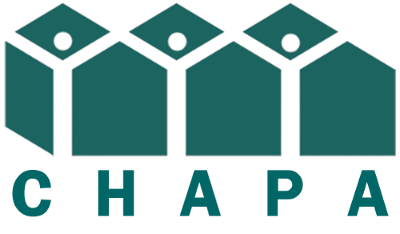In 2011, utilities in the United States spent $7 billion on electric and natural gas energy efficiency programs- nearly a seven-fold increase since 2000. Although multifamily buildings represent about a quarter of the housing units in the U.S. and comprise 20 percent of energy consumed by all households, they have been significantly overlooked by utility energy efficiency programs. And yet the multifamily housing stock is well-positioned for energy efficiency improvements. Approximately 85 percent of multifamily apartments were built before 1990. On average, multifamily housing has less efficient heating, cooling, plumbing, and lighting systems than single-family housing.
In December 2010, the National Housing Trust (NHT) began engaging with utilities and other stakeholders in targeted states to advance multifamily energy efficiency programs. Key objectives of this engagement include:
- Exploring barriers to cost-effective energy efficiency improvements in multifamily affordable housing;
- Demonstrating to utilities the potential for energy savings in this housing stock;
- Identifying tools and approaches to finance energy efficiency improvements and help utilities achieve their goals; and
- Demonstrating the value of new partnerships between utilities and affordable housing stakeholders.
This Action Guide draws on the lessons learned from this engagement to help affordable housing and utility stakeholders work together to ensure that utility-funded energy efficiency programs appropriately serve the affordable multifamily housing sector.
